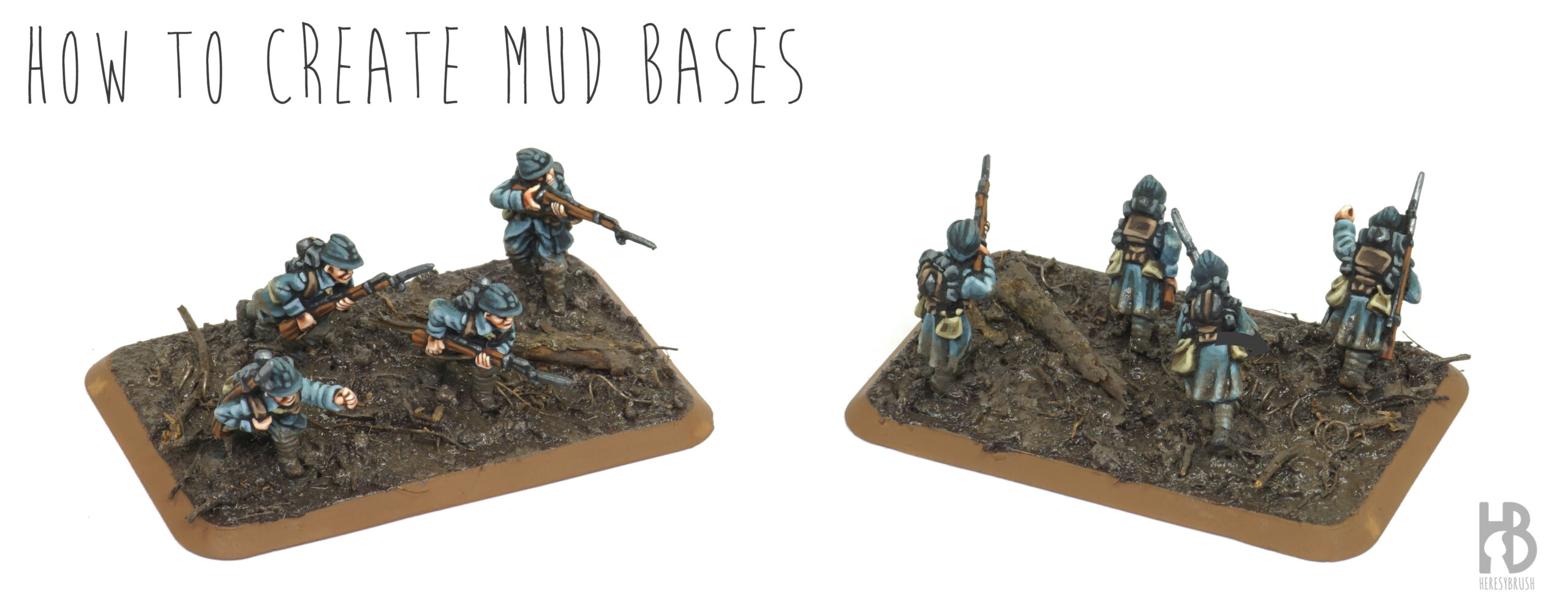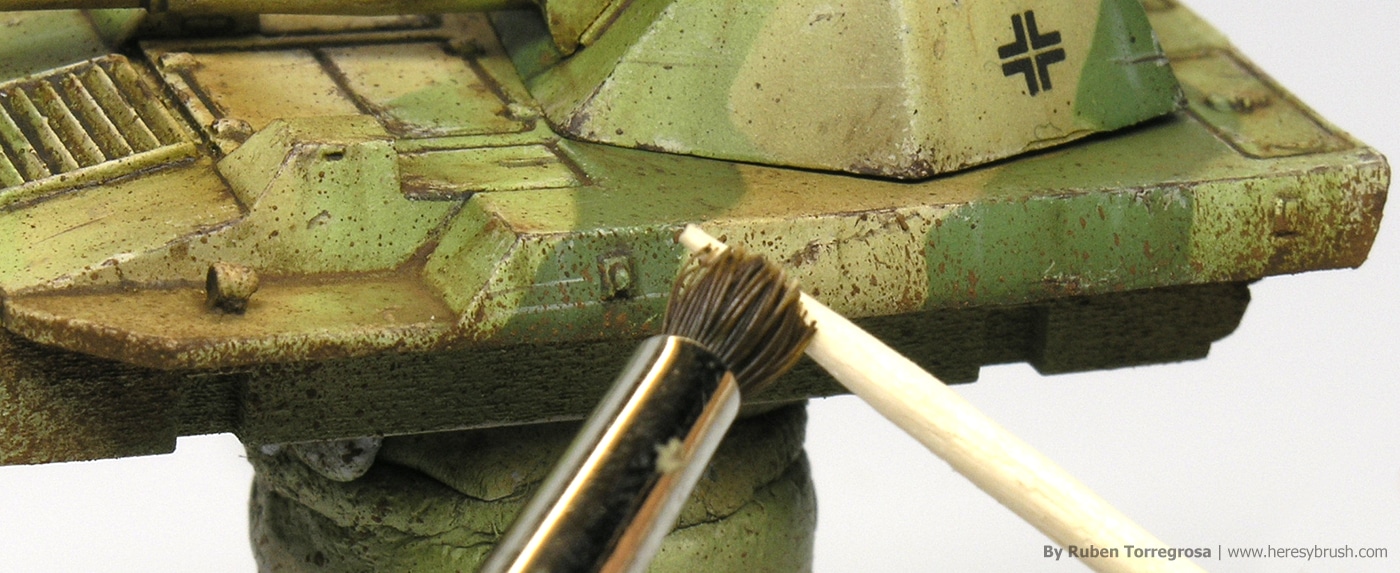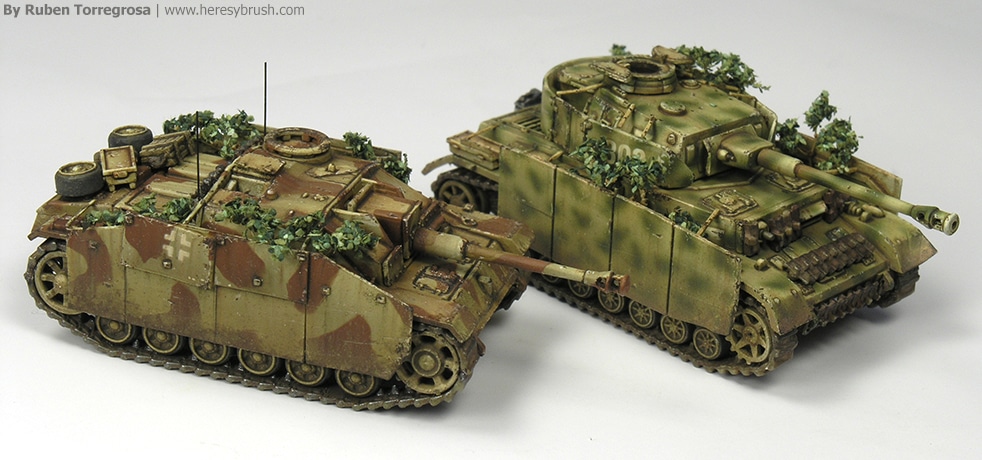This article was originally published on the Battlefront website: here. As wargamers, we frequently opt to paint bases rather than create them. While it is true that we usually incorporate some form of texture, often achieved by adhering sand with glue, the subsequent step typically involves multiple layers of drybrushing painting. However, for the sake of achieving more authentic bases and scenery, it is advisable to create the texture entirely instead of relying on painting. A notable example is mud; painting mud effects can be quite challenging, while creating realistic mud effects becomes remarkably straightforward when employing the right tools…
Mud splatter effects in 15mm
While I am working on different projects, such as the new PaintingWar book focused on the Spanish Civil War, I have no time to prepare any tutorial for my blog. It is a pity. Nonetheless, you can follow my work in www.ModelBrush.com, a blog which I run with some friends. Strikingly, I have found an abandoned painting guide in my computer (that is, unpublished) and I would like to exploit it, starting by this “mud splatter effects in 15mm” tutorial. A very simple but very effective weathering effect. I have already commented this effect several time in my blog, but…
Weathering on horizontal panels in 15mm tanks
It’s very common to observe impressive streaking effects on vertical surfaces in Flames of War vehicles. However, we can’t apply the same effect on horizontal panels, because the gravity result is different, obviously. Here, I want to explain different ways or tools to work the horizontal panels. In vertical surfaces enamels and oils are usually used in this way: first we paint dots or vertical stripes with different colors. And then we blend all colors using a brush moistened in white spirit, by applying vertical strokes. The result are interesting vertical streaks. But these are illogical on a horizontal surface!.…
How to make mud
We have spoken several times about how to do mud on the undercarriage, using pigments or pastels like tool. In this occasion, I propose you other simple way to use them, with one additional idea: simulate a granulated texture. To explain this process, I have used a 15mm (1/100 scale) miniature from The Plastic Solider. As I told before, the main tool will be the pigments. Nowadays, we can find a really enormous amount of pigment colors on the market. Thus, I have an important collection of pigments in my hands, so I can get any color I want. I’m…



